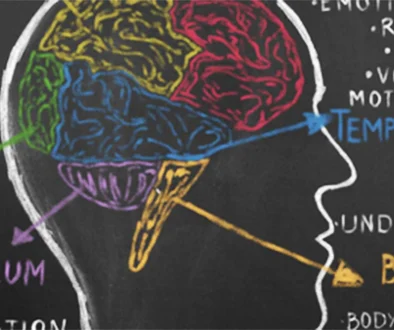Why The New Era Of Learning Is Here, And It’s Not Hype
Yes, like every other talent management domain, learning and development are up for reinvention. The business case is compelling. $90 billion was spent last year on training and development in U.S. enterprises alone. With that much investment on the table, it’s no surprise that ROI for L&D is under constant scrutiny.
We know that:
• traditional learning models and methods are hitting their use-by-dates
• technology is turning the best practices of the past on their head, at a rate faster than the average enterprise can absorb
• training costs will reduce, and learning efficacy increase, as new technologies become mainstream in the near future
The Learning Foundations Are Set
The technology advances of the past decade have laid the foundations for learning that harness the speed, power, and ubiquity of digital capability. It adds up to an accelerated, personalized and transformed learning experience that puts the learner squarely in the driver’s seat.
1. Platforms
The first MOOCs (massive open online courses) appeared about a decade ago. But when Ivy League schools such as Harvard, M.I.T., Stanford, Princeton, among many others, joined the burgeoning options for online learning, the game got serious. Since then, learning platforms such as the Khan Academy, Coursera, Udacity, LinkedIn Learning, edX, Udemy, OpenLearning, ALISON and many more, have been cementing their place in this mosaic of online learning providers. More will come.
It means this: traditional hurdles to learning — such as income, status, and location — have all-but dissolved. Knowledge is there to be gained by anyone with the passion to pursue it and commitment to stick with it.
2. Software
Whether it is instructional podcasts, webcasts, slideshares or videos, gamified learning apps or virtual reality experiences, new life has been breathed into learning as a result of advanced and engaging software applications that can quickly make you forget that learning can be hard work. Add to that, social networking tools that connect you to a learning community, be it your colleagues at work or a diverse global network of learners, and you have the ingredients for learning that sticks.
3. Devices
In the hands of every learner. Today’s liberated learning landscape comes from being able to sate your appetite for knowledge anywhere, anytime, on your mobile device of choice. As technology continues its march up the exponential growth curve to become better, faster and cheaper with each release, ever-smarter devices will integrate learning seamlessly into our lives.
Changing The Game
These foundational blocks have, in just a few short years, disrupted how we think about educating our kids, gain additional skills and qualifications, and ponder reinventing our careers. Platforms, software, and devices have unleashed a perfect digital storm with the promise of removing any obstacles to reaching your potential.
Even so, we are only at the tipping point of what future learning technology can deliver. Artificial intelligence (AI) and machine learning (ML) will transform all aspects of human capital management, including learning. It’s not just hype.
An emerging reality is that significant components of our jobs will be augmented by AI, with two key implications:
• the stock of knowledge you were once required to have will be on tap, and so much more, and instantly accessed by the AI colleague working alongside you, and
• your personal learning journey will shift from knowledge acquisition to knowledge application.
Technology-enabled learning will be immediate and directly relevant to the task. Consider:
• personally tailored learning content and experiences delivered to you as and when you want or need them
• chatbots and virtual assistants to source and categorize information you need for optimal decision-making
• augmented and virtual reality simulations that provide a multi-sensory experience to accelerate and embed learning.
To name a few. Furthermore, social connectivity is allowing user-generated content to outpace and outstrip what traditional education and learning institutions can deliver.
When I speak to people about how they feel about this future of work, I get quite some divergence in response. From concern, trepidation and even disgust, to anticipation, excitement, and wonder. The prospect of working alongside smart machines that augment the capabilities of humans — far more than your computer or smart device currently does — redefines what we mean by work performance.
In many ways, learning will become easier. Easier to find, more engaging to digest and accessible on-demand. And that’s just the changes in how we learn. The real advance is coming in what we will be able to focus our learning on, when our smart-friends become the gateway to all required knowledge, freeing us up to directing human ingenuity to its application.



